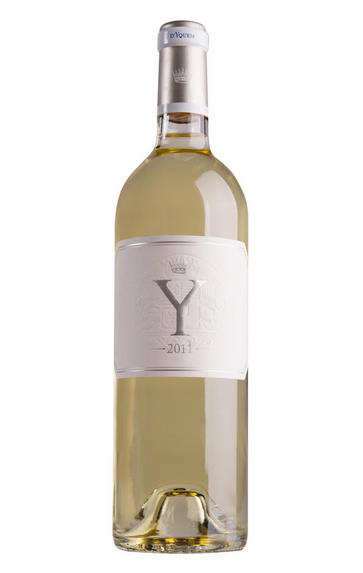
2012 Ygrec, Château d'Yquem, Bordeaux
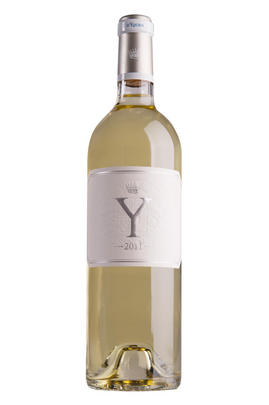
Critics reviews
Robert M. Parker, Jr. - 28/08/2014
About this WINE
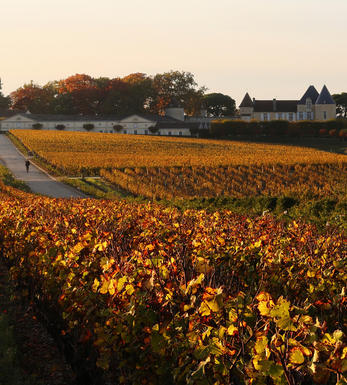
Château d’Yquem
Château d’Yquem is the leading estate in the Sauternes appellation on the Left Bank of Bordeaux. It has long been reputed for making one of the world’s great sweet wines. In the 1855 classification of Bordeaux wines, Yquem was given the lofty title of Premier Cru Supérieur – the sole property at that level. It sits comfortably among the First Growths of the Médoc and their equivalents on the Right Bank regarding its quality and prestige among wine collectors.
The estate has a noble history dating back to the 1590s. By 1711, it was owned by the Sauvage family, French aristocrats whose descendants would remain at the helm for almost three centuries. Yquem is now part of the Louis Vuitton Moët-Hennessy (LVMH) group, owned by Bernard Arnault, one of France’s wealthiest people.
Yquem is located in the heart of Sauternes, at the commune’s highest point and surrounded by many of the appellation’s other leading estates. The vineyard is planted to a majority of Sémillon, supported by Sauvignon Blanc. There are 113 hectares of vines, though only 100 hectares are used in any one vintage.
To make a bottle of Yquem depends on developing botrytis cinerea, the so-called “noble rot”, in the vineyard. Harvest involves up to 200 workers, passing through the vineyard up to 10 times to pick only those berries that have been infected with noble rot. This doesn’t happen uniformly, and it doesn’t happen every year. In some years, no Yquem is produced at all – as in 1964 or, most recently, 2012. Of this approach, President Pierre Lurton says: “It’s important to take a lot of risk. If you don’t take a risk, you don’t make Yquem.”
Today, Yquem is led by Pierre Lurton, its longtime President, along with Estate Manager Lorenzo Pasquini. The Cellar Master is Toni El Khawand, following the departure of Sandrine Garbay in 2022.
In addition to the sweet Sauternes produced here, there is also a dry white wine, Y (pronounced “ee-greck”).
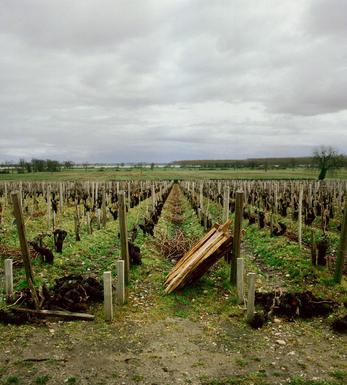
Sauternes
Sauternes is where arguably the world's finest sweet white wines are produced. The Sauternes appellation actually consists of five communes: Barsac, Preignac, Bommes, Fargues and Sauternes itself. Barsac is also an appellation in its own right.
Sauternes literally has an atmosphere different from any of the other major communes. At the southern tip of the Graves,close to the Garonne, not only is the land hillier and decidedly more bucolic but it also enjoys a specific mesoclimate of evening autumn mists which linger until well into the following day, unless burnt off by warm sunshine.
The mists are caused by the cool, spring-fed waters of the Ciron River meeting the warmer tidal Garonne, and the result is an ideal environment for the growth of the mould botrytis cinerea. When its arrival is felicitous, it feeds on the water in the ripe grapes, dehydrating them and leaving sweet, shriveled fruit.Other regions in Bordeaux (ie Cadillac, Loupiac) produce wines in a similar style from the same method, but none achieve the profundity and complexity of Sauternes.
Recommended Châteaux : Ch. D'Yquem, Ch. Climens (Barsac), Ch. Suduiraut, Ch. Rieussec, Sigalas- Rabaud, Ch. Coutet (Barsac), Ch. de Fargues, Ch. Lafaurie-Peyraguey, Ch. Doisy-Védrines (Barsac), Chateau Partarrieu, La Tour Blanche
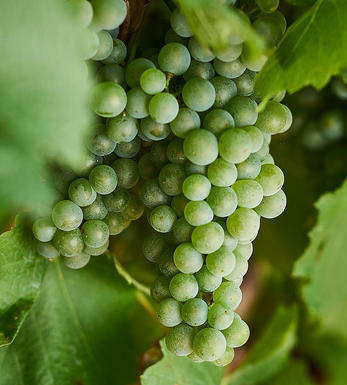
Sauvignon Blanc & Sémillon
The blend used for White Graves and Sauternes and rarely encountered outside France. In the great dry whites of Graves, Sauvignon Blanc tends to predominate in the blend, although properties such as Smith Haut Lafite use 100% Sauvignon Blanc while others such as Laville Haut Brion have as much as 60% Sémillon in their final blends. Sauvignon Blanc wines can lose their freshness and fruit after a couple of years in bottle - if blended with Sémillon, then the latter bolsters the wine when the initial fruit from the Sauvignon fades. Ultimately Sauvignon Blanc gives the wine its aroma and raciness while Sémillon gives it backbone and longevity.
In Sauternes, Sémillon is dominant, with Sauvignon Blanc playing a supporting role - it is generally harvested about 10 days before Sémillon and the botrytis concentrates its sweetness and dampens Sauvignon Blanc`s naturally pungent aroma. It contributes acidity, zip and freshness to Sauternes and is an important component of the blend.


Buying options
Add to wishlist
Description
A quiet nose at the start is misleading, as in the glass this opens up magnificently for a wine so young: a dense wave of white flowers, citrus, fine smoke and lanolin. The palate shows the unique terroir of Sauternes, often so shrouded by sugar, this is quite unlike any white Bordeaux I’ve tasted before, with sweet musk, white fruits and flowers, with a dense flavour of honeysuckle, supported by very well integrated acidity, which sweeps into a vivid and lively finish. Excellent now and given the age-ability of Sauvignon, will only get better over the next 10-15 years.
Fine Wine Team
A dry and zippy white Bordeaux full of pure pineapple freshness on the nose with layers upon layers of lemon and chamomile scents. As soon as you take a sip, there is a lively attack and lots of fleshy Sauvignon character, gently supported by sweet spice from the oak. The acidity keeps this wine beautifully balanced and although it is deliciously fresh now, it will get better and better until 2028 or so.
Laura Atkinson, Fine Wine Team Dry white Bordeaux is one of the greatest food-matching wines in the world. When produced by a chateau as great as D’Yquem, it has to be tried. In the 1855 Classification, Ch. d’Yquem was the only chateau to be given the top ranking of Premier Cru Supérieur. Its unsurpassed concentration, complexity and longevity has meant that it has always commanded high prices and huge demand.
The estate traces its history to the early 18th century, when Thomas Jefferson notably visited the estate in 1787 and ordered 250 bottles of the 1784 vintage for himself. It is unlikely that the wines at the time were as lusciously sweet as the method for creating sweet wines through botrytis infected grapes had not been developed. In time it became famous for producing probably the greatest sweet wine in the world, however the estate has produced a limited number of dry wines since 1959.
A powerful wine, with an inverse blend to the sweet wine, the dry ‘Y’ or ‘Ygrec’ is made with 80% Sauvignon Blanc and 20% Semillon. A tiny amount of botrytis is allowed on the Semillon giving an extraordinary depth to the wines. Ygrec is made with the same uncompromising quest for quality as their sweet and is one of the most impressive dry whites to come out of Bordeaux in years.
wine at a glance
Delivery and quality guarantee